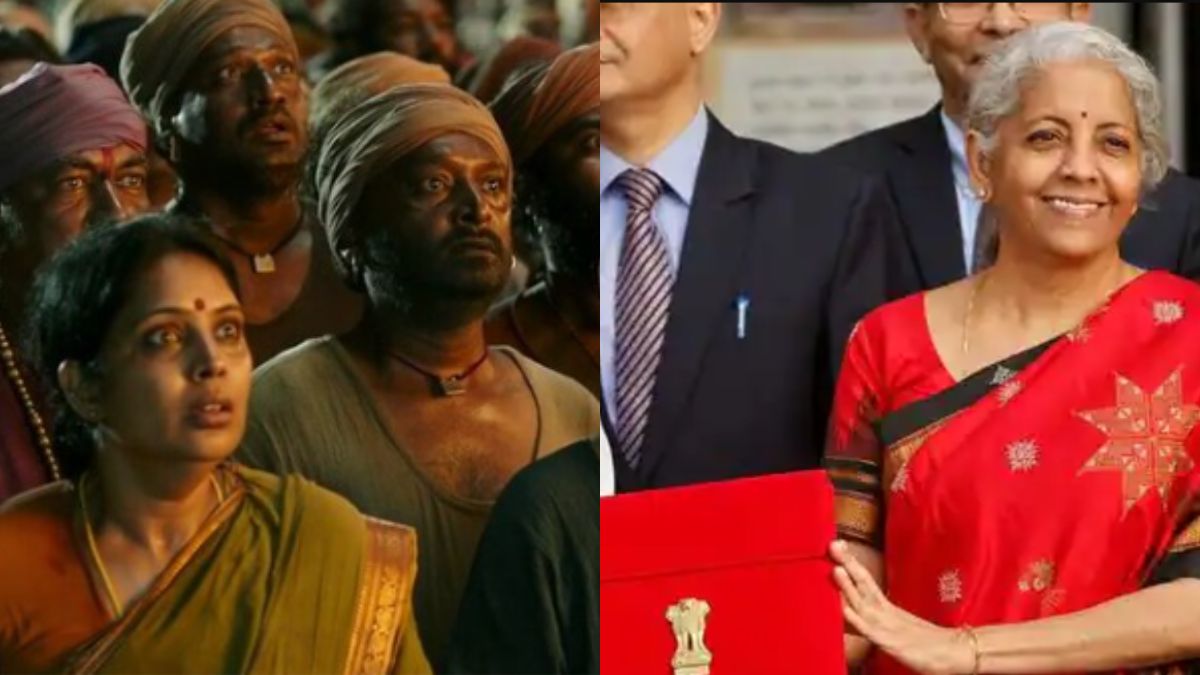On February 1, 2025, Finance Minister Nirmala Sitharaman is set to present her eighth Union Budget. The question on everyone’s mind—especially India’s middle class—is whether this budget will finally offer them significant relief. Despite their critical role in shaping the nation’s economy and society, the middle class has often been overlooked in budgetary priorities, their concerns sandwiched between the rich and the poor. Will this time be any different?
As someone who often claims to hail from a middle-class background, Sitharaman should understand the unique challenges faced by this segment. Yet, the middle class feels increasingly sidelined under the NDA government, with their issues multiplying. Constituting approximately 3-4% of the total electorate, their numerical insignificance might explain the consistent neglect, but their influence on the nation’s economic and cultural fabric cannot be overstated.
The Indian middle class is dynamic and resilient, navigating a delicate balance between traditional values and modern aspirations. Often dubbed the nation’s backbone, they bear the brunt of rising costs while contributing significantly to the economy. However, token gestures like marginal increases in tax exemptions—Rs 1 lakh or Rs 2 lakh at best—do little to alleviate their struggles. For instance, many families taking education loans for their children—often daughters aspiring for higher studies abroad—find themselves trapped under mounting financial burdens. Significant measures, such as raising the income tax exemption limit to Rs 15 lakh and reducing educational loan interest rates, are necessary to offer real relief.

This year, the Finance Minister has raised hopes by stating, “I am optimistic about the upcoming budget and expect measures to boost the accessibility and affordability of insurance, particularly for the middle class.” She also hinted at rationalizing GST rates and providing special tax incentives for term and health insurance. These are encouraging words, but will they translate into meaningful action?
What the Middle Class Wants from Budget 2025
As the Union Budget approaches, the middle class—particularly salaried individuals and self-employed – awaits measures that could ease their financial burdens and enhance their quality of life. Here are their top expectations:
- Income Tax Relief: With rising expenses, a reduction in income tax rates is at the top of their wishlist. Increasing the tax exemption limit to Rs 15 lakh would leave more disposable income in their hands, enabling them to save, invest, or spend as needed.
- Housing Benefits: Housing costs remain a significant concern. Enhancing House Rent Allowance (HRA) exemptions and standard deductions could provide much-needed financial respite. Additionally, policies to make housing loans more accessible and incentives for first-time buyers would address a longstanding aspiration of middle-class families—owning a home.
- Support for Education and Healthcare: Rising costs in education and healthcare sectors demand immediate attention. Subsidies or reduced interest rates on educational loans and better healthcare policies could alleviate financial stress for families.
- Savings and Investments: The middle-class dreams of better avenues for savings. Policies encouraging investments in retirement funds, education, and healthcare without excessive taxation could create long-term financial security.
- Cost of Living Adjustments: Inflation continues to erode purchasing power, making daily expenses a significant burden. Measures to control essential costs in sectors like education, transportation, and healthcare would directly benefit middle-class households.
- Enhanced Tax-Saving Options: Expanding the scope of tax-saving investments and increasing exemptions for retirement savings, education funds, and health insurance premiums would provide financial flexibility and security.
The Union Budget is not merely an economic document; it’s a reflection of the government’s priorities and vision for its people. For the middle class, this budget represents more than numbers—it’s a test of whether their long-standing concerns will finally be addressed. They dream of a budget that balances immediate relief with long-term opportunities, paving the way for a secure and prosperous future.
As February 1 approaches, all eyes are on Nirmala Sitharaman. Will she take bold steps to uplift the middle class, or will their concerns continue to be overshadowed by electoral calculations? Only time will tell, but one thing is certain: the middle class is watching closely, hoping this budget will finally bring them the recognition and relief they deserve.






